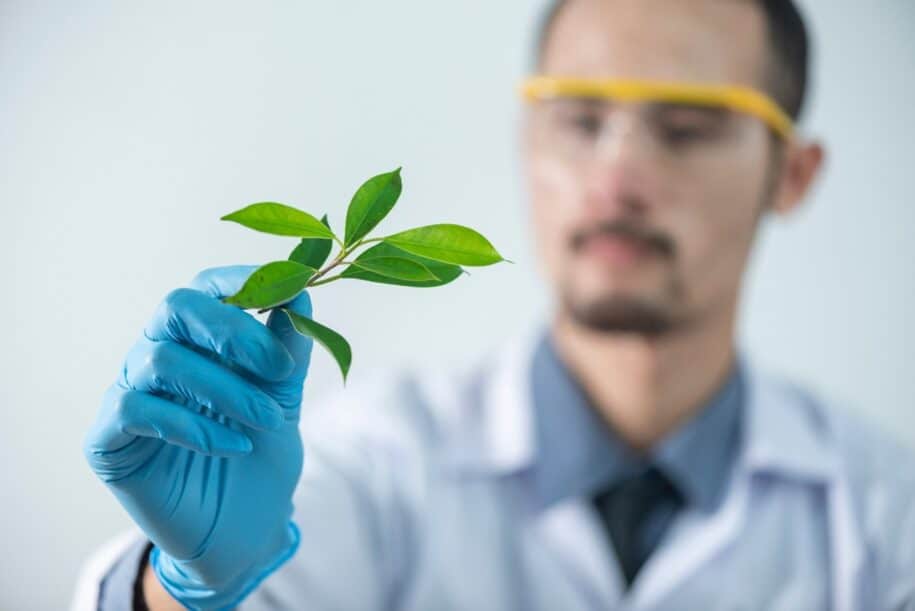On the eve of December 3rd, 1984, more than 2,000 people in Bhopal, India, died in their sleep, followed by approximately 6,000 within the next couple of weeks. The deaths were caused by a leak of a highly toxic gas called methyl isocyanate (MIC) from a storage tank at the Union Carbide India Limited plant, a pesticide-producing facility. The Bhopal tragedy is the world’s worst industrial disaster—totaling over 16,000 deaths and more than half a million non–fatal injuries. After several years of investigations and audits, the accident, and the lives lost, were discovered to be due to poorly managed safety measures and prolonged corporate negligence. It is a crucial example of the role of corporate leadership in ensuring that all stakeholders, including workers, local community members, and customers, are safe from the use and exposure of chemicals and their by-products. Although the idea of safety began during the Industrial Revolution (1750-1760), the requirements for modern-day environmental, health, and safety (EH&S) policies developed rapidly after the Bhopal tragedy.
The Bhopal tragedy also pushed the pursuit of safer chemicals, as the industry holds excellent economic importance globally. Following this event, the US adopted the Pollution Prevention Act of 1990 and established solid roots for present-day green chemistry. The Act focused on industries, government, and the public to reduce pollution through cost-effective changes in production, operations, and the use of raw materials.
According to the International Council of Chemical Associations, the chemical industry’s contribution to global GDP in 2017 was $5.7 trillion. The ICCA also reported that the sector provides 120 million jobs. In 1985, the chemical industry’s worldwide voluntary initiative to reduce its adverse impacts on people and the environment was launched. The initiative focuses explicitly on the safe use and handling of products along the value chain. Such innovations and responsible business practices toward the health and safety of all stakeholders have shifted the chemical industry towards greener chemicals and chemical processes. Additionally, as reporting on social and environmental impacts is increasingly demanded by investors, customers, and employees, more businesses are determined to seek the greener route within the chemical industry. The combination of the power and decisive action of the global chemical industry is paving the way for green chemistry.
The fundamental core and principles of Green Chemistry involve designing and producing cost-effective, cost-competitive chemical products and processes that achieve the highest level of pollution prevention hierarchy. The following list features just a few of the recent green chemistry trends making waves in the industry and revolutionizing how products are created (while posing less harm than ever before).
Revolutionizing denim manufacturing.
As a textile, the trendiness of denim is timeless and worldwide. Unfortunately, denim is considered one of the “dirtiest” textiles to manufacture and use. An estimated 1,800 gallons of water are needed just to grow enough cotton for a single pair of jeans. The cotton crop also requires large quantities of fertilizers and pesticides, affecting the health and well-being of farmers and their families. Dyeing cotton using indigo to create the denim color is another process that requires even more gallons more water. These indigo dyes are synthesized using a cocktail of chemicals, including formaldehyde. Formaldehyde is a conventionally harsh chemical that has polluted many Asian cities where denim is manufactured. Beyond the dyeing process, traditional denim goes through a rigorous cycle of washing with chemically intensive processes to give the textile a classic texture or washed look. The entire process is disastrous for the environment and communities surrounding denim manufacturers.
Green chemistry, however, has been able to reduce the environmental impact of denim manufacturing. Miguel Sanchez, a textile engineer working in a Swiss chemical company, developed a process called, “Advanced Denim.” Through this process, a pair of jeans can be produced using up to 92% less water and 30% less energy than conventional denim manufacturing techniques. In addition, this process uses just one vat instead of the traditional 15 dyeing vats. The Advanced Denim process uses a new generation of eco-advanced, concentrated, liquid sulfur dyes that require a single sugar-based reducing agent. According to the inventor, if only 25% of the world’s denim jeans were dyed using Advanced Denim, then the water saved would equate to about 2.5 billion gallons annually. The technology would also reduce the production of 8.3 million cubic meters of wastewater, 220 million kilowatt hours of electricity, and corresponding carbon emissions.
Streamlining production processes to create a more efficient drug for treating high cholesterol.
Simvastatin is a leading drug for treating high cholesterol. The traditional way to produce this drug was wasteful and used several hazardous and toxic reagents. At the University of California, Los Angeles, Professor Yi Tang’s team came up with a new process to manufacture the drug that could not only help patients reduce their cholesterol levels but also reduce the environmental impact of the drug and its metabolites and minimize the use of toxic chemicals in the reaction. By optimizing the enzyme, the process creates a final yield of 97% (whereas the original method generally yielded less than 70%). Additionally, this new synthesis method avoids the use of several known hazardous chemicals. The shift in processing did not change the efficacy or efficiency of the drug. Since the change to a “greener” solution, over ten metric tons of Simvastatin have been manufactured and used by patients globally.
Changing what is possible with biodegradable plastic.
Plastic was once hailed as a marvelous invention for mankind, but with the amount created and wasted every day, it has now become a nuisance. According to the UNEP, a heavy majority of the plastic produced in the last 70 years has now become waste. This not only creates unsanitary conditions for communities close to landfills but also those in coastal regions, as waterbodies are also negatively impacted. Within oceans, plastics break down into smaller and smaller sizes, eventually becoming microplastics that pose a serious threat to human and environmental health.
In the wake of this giant problem, the solution that seems to be taking center stage is that of green chemistry. Recently, plastics have begun being developed from eco-friendly renewable sources. Green chemistry has helped create both modern plastics that are biodegradable (reducing the hefty toll of plastic waste) and solutions for filtering microplastics from the water supply. At present, there are more than 5.2 trillion pieces of plastic waste in the oceans of our planet that could take anywhere from 500-1000 years to degrade. While efforts are made to lower the amount of waste produced, advancements in green chemistry are playing an active role in solving the existing problem of accumulating plastic in waterways, seas, and oceans and saving natural resources as well as the millions of dollars being spent on ocean cleanups.
As technology advances, so will green chemistry and the solutions it offers to the worldwide problems that have built up in the past century. From its foundation of seeking a more sustainable and safe means of scientific progression, green chemistry continues to improve, processes, whole companies, and issues from every industry. With the power and pervasiveness of the chemical industry, the value of green chemistry can only continue to expand.
Author Bio

Fatima Fasih
Experienced in corporate sustainability in both developed and emerging markets, Fatima Fasih has over 5 years of experience in advising businesses on their sustainability strategies and reporting. She also assists businesses in identifying their progress on the UN Sustainable Development Goals.
Currently, working as an independent Sustainability Consultant, Fatima holds a Masters degree in Sustainability Management and Bachelors in Health Sciences and Environmental Science from the University of Toronto.
She is also certified a Greenhouse Gas Inventory Quantifier (GHG-IQ) and aims to work towards pushing businesses to play a larger role in solving the world’s biggest sustainable development problems: hunger, poverty, and inequality.



